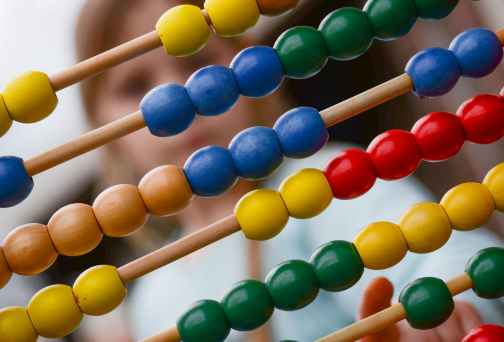Hello all,
I’m excited to share with you a post from a potential new author Tito who could be joining the Passion For STEM team and focusing on Engineering topics.
Susan
Author: Tito Adesanya
Imagine a world where you could take a few dozen images of your brother’s head and within an hour have it delivered to your doorstep in titanium, or in chocolate, if you really wanted – I did it last week. That’s right ladies and gentlemen, that’s our world. Begin digression…
This niche of technology is called 3D scanning, and as already seen impactful use the medical field where doctors have taken multiple images of the severed damaged head of a patient and with the click of a button, transformed it into a 3-dimensional image on a computer screen. This allowed them to zoom in (X100) on blood vessels, rotate the image to assess damage on the chin, and pan over the skull to search for open wounds – all without physically manipulating the fragile and sensitive head. The gem of this technology, though fantastic, can be found at its intersection with 3D printing. Uploading this same head onto some 3D printing software can be done in the same time and be printed. If you were wondering – yes, you can also scan and print and THE Eiffel Tower. Digression over.
3D printing, developed by Chuck Hull in 1983, has since only gained serious traction within the last 10 years, as machines have become over 300 times cheaper. This increased accessibility to the public has paved the way for hobbyists and academics to take centre stage and push the boundaries of what was thought was possible. Since, the University of Southampton has designed and produced the first fully 3D-printed plane, a high-end restaurant in London called Food Ink have 3D printed cakes and Master’s Degree students at MIT printed an entire bungalow in under 24 hours.

The basic technology behind 3D printing, technically called additive layer manufacturing (ALM), initially on ran on a method called stereolithography, but up to 6 further methods have been developed since then. ALM works by taking a computer design of an object, then “slicing” it up into hundreds or thousands of horizontal layers – increasing the number of slices increases the quality of the print. The printer then produces the 3D object by printing out these layers on top of each other from the bottom up to form the final product. 3D printing is seeing an increasing number of valuable, and very potentially life-changing uses, many of them gaining increasing support from governmental bodies.
Continue reading →









